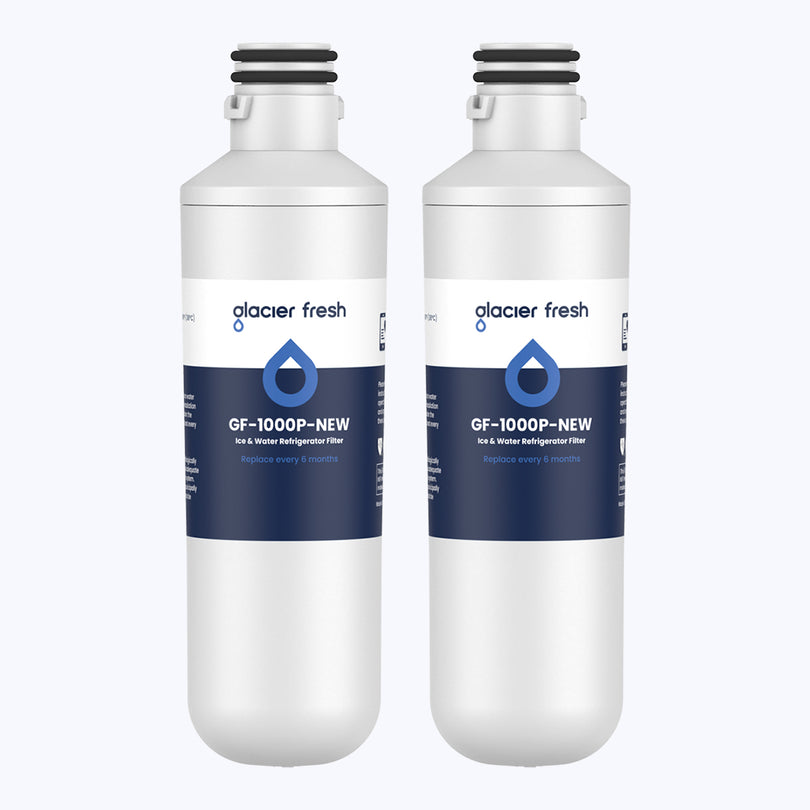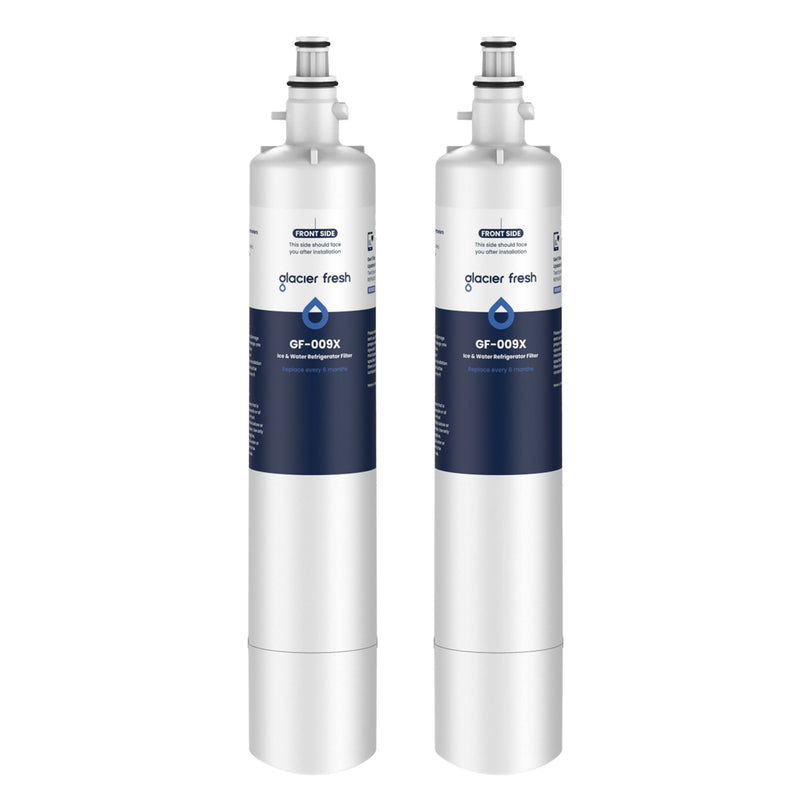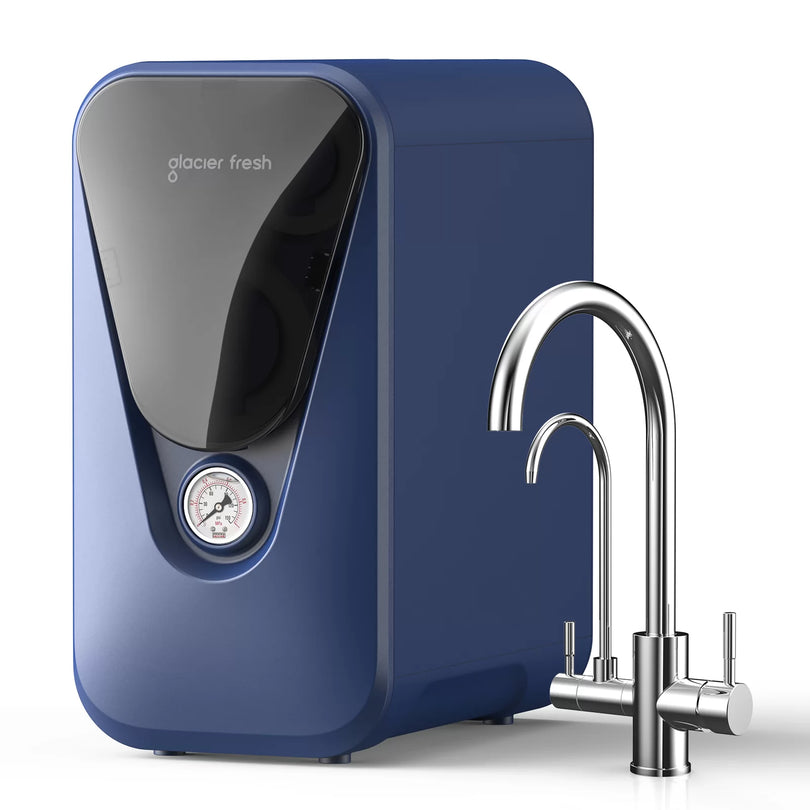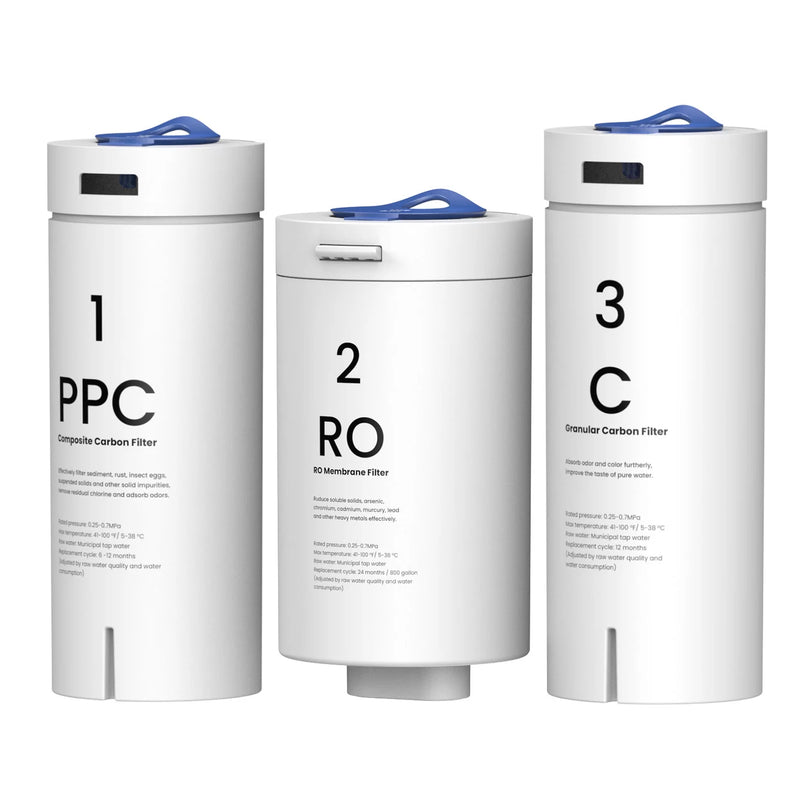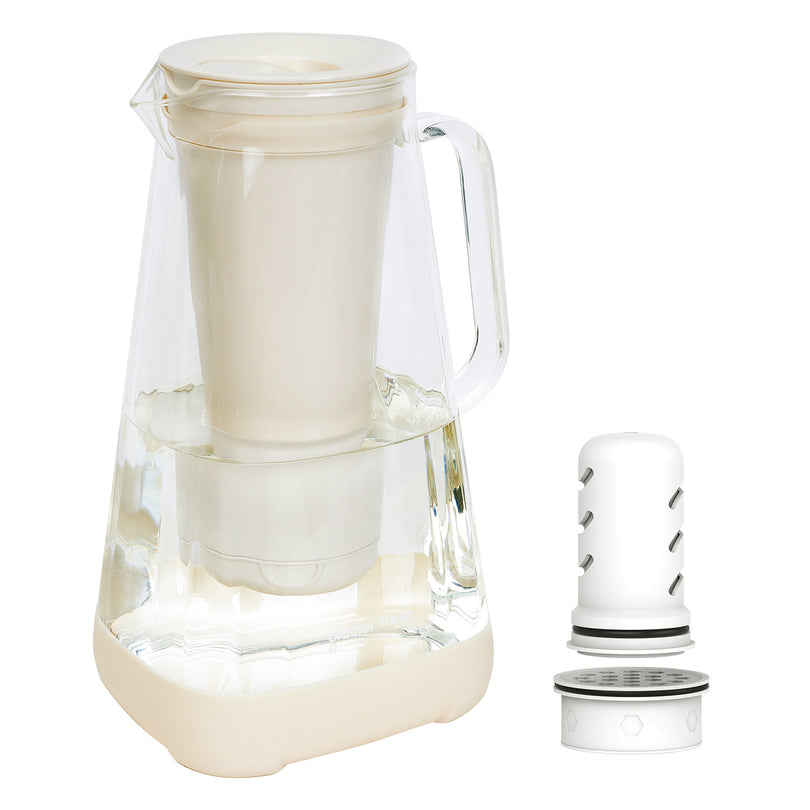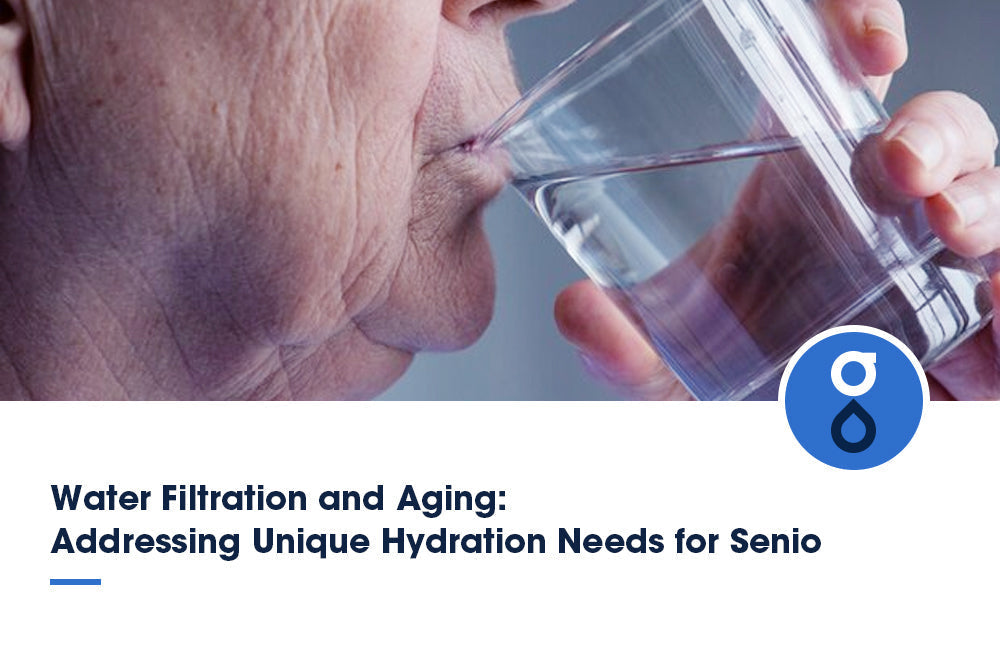Table of Contents:
Was ist virtuelles Wasser?
Wie unterscheidet sich virtuelles Wasser von der herkömmlichen Wassernutzung?
Der versteckte virtuelle Wasserverbrauch im Alltag
Umweltauswirkungen von virtuellem Wasser
Methoden zur Verwaltung und Reduzierung des virtuellen Wasserverbrauchs
FAQs
Abschluss
Stellen Sie sich eine Welt vor, in der Wasser nicht nur eine Ressource ist, sondern ein versteckter Kostenfaktor in allem, was Sie konsumieren. Willkommen im virtuellen Wasser, wo der tatsächliche Preis alltäglicher Produkte ihren Geldwert übersteigt.
Dieser Artikel befasst sich mit der unsichtbaren Welt des Wasserverbrauchs und seinen Auswirkungen auf die Umwelt . Entdecken Sie, wie sich virtuelles Wasser von herkömmlichem Wasserverbrauch unterscheidet und wie es Ihren Alltag beeinflusst. Entdecken Sie Methoden zur Steuerung und Reduzierung des virtuellen Wasserverbrauchs und verstehen Sie die Bedeutung der Wassereinsparung in all seinen Formen. Machen Sie sich bereit, die Geheimnisse des virtuellen Wassers zu lüften und den ersten Schritt in eine nachhaltigere Zukunft zu machen.
Was ist virtuelles Wasser?

Um virtuelles Wasser zu verstehen, müssen Sie die versteckten Wasserkosten in Alltagsprodukten erkennen. Virtuelles Wasser bezeichnet die versteckte Wassermenge, die für die Produktion und Verteilung von Waren und Dienstleistungen verwendet wird. Es berücksichtigt den Wasserverbrauch in allen Phasen des Produktlebenszyklus, einschließlich der Gewinnung von Rohstoffen, der Herstellung, Verpackung, dem Transport und der Entsorgung.
Durch die Berücksichtigung des virtuellen Wassers können wir die Auswirkungen unseres Konsumverhaltens auf die Wasserressourcen besser verstehen. Beispielsweise benötigt eine Tasse Kaffee vielleicht nur wenige Unzen Wasser. Berücksichtigt man jedoch das Wasser, das für den Anbau der Kaffeebohnen, die Verarbeitung und die Verpackung des Endprodukts verwendet wird, kann der virtuelle Wassergehalt deutlich höher sein. Das Bewusstsein für virtuelles Wasser kann uns helfen, im Alltag nachhaltigere und wasserbewusstere Entscheidungen zu treffen.
Wie unterscheidet sich virtuelles Wasser von der herkömmlichen Wassernutzung?

Virtuelles Wasser unterscheidet sich in seiner Konzeptualisierung und Messung vom traditionellen Wasserverbrauch. Während sich konventioneller Wasserverbrauch auf den direkten Wasserverbrauch für häusliche, landwirtschaftliche und industrielle Zwecke bezieht, konzentriert sich der virtuelle Wasserverbrauch auf den indirekten Wasserverbrauch, der im gesamten Lebenszyklus eines Produkts oder einer Dienstleistung enthalten ist. Dazu gehört auch das Wasser, das zur Herstellung, Verarbeitung und zum Transport von Waren und Dienstleistungen verwendet wird.
Der virtuelle Wasserverbrauch wird anhand des Wasser-Fußabdrucks gemessen, der die Gesamtmenge an Süßwasser quantifiziert, die bei der Herstellung eines Produkts oder entlang seiner Lieferkette verbraucht wird. Der Vergleich des virtuellen Wasser-Fußabdrucks verschiedener Produkte ermöglicht es uns, die versteckten Wasserkosten zu verstehen, die mit unserem Konsumverhalten verbunden sind.
Dieses Wissen hat wichtige Auswirkungen auf wasserarme Regionen, da es die durch den Konsum von Gütern und Dienstleistungen „importierte“ Wassermenge verdeutlicht. Darüber hinaus kann die virtuelle Wassernutzung wirtschaftliche Auswirkungen haben, da sie den globalen Wasserhandel und die Verteilung der Wasserressourcen zwischen den Ländern beeinflusst.
Um die Herausforderungen des virtuellen Wasserverbrauchs zu bewältigen, wurden verschiedene Strategien für das virtuelle Wassermanagement vorgeschlagen. Dazu gehören die Verbesserung der Wassernutzungseffizienz in der Landwirtschaft, die Förderung nachhaltiger Produktionspraktiken und die Implementierung wassersparender Technologien. Durch die Umsetzung dieser Strategien können wir unseren virtuellen Wasserfußabdruck reduzieren und zu einer nachhaltigen Bewirtschaftung der Wasserressourcen weltweit beitragen.
Der versteckte virtuelle Wasserverbrauch im Alltag

Entdecken Sie die überraschende Menge an verstecktem virtuellem Wasser, die Sie in Ihrem Alltag verbrauchen. Sie sind sich dessen vielleicht nicht bewusst, aber jede Ihrer täglichen Handlungen hinterlässt einen Wasser-Fußabdruck. Wasser ist in verschiedenen Produktionsphasen beteiligt, von der Nahrung, die Sie essen, bis hin zu den Produkten, die Sie verwenden. Hier sind drei versteckte Quellen für virtuellen Wasserverbrauch in Ihrem täglichen Leben:
- Landwirtschaftliche Praktiken : Die Lebensmittel, die Sie konsumieren, benötigen Wasser für die Bewässerung, das Pflanzenwachstum und die Viehzucht. Schätzungsweise 70 % der weltweiten Süßwasserentnahme entfallen auf die Landwirtschaft . Sie verbrauchen also indirekt bei jeder Mahlzeit eine erhebliche Menge virtuellen Wassers.
- Industrielle Prozesse : Viele Alltagsprodukte wie Kleidung, Elektronik und Möbel durchlaufen umfangreiche Herstellungsprozesse, bei denen Wasser verwendet wird. Wasser ist eine wichtige Ressource in verschiedenen Branchen, vom Färben von Stoffen bis zur Kühlung von Maschinen. Die Produktion dieser Güter trägt zu Ihrem Wasserfußabdruck bei.
- Verbraucherverhalten : Auch Ihre Entscheidungen als Verbraucher können Ihren Wasserfußabdruck beeinflussen. Beispielsweise trägt der Kauf von Wasser in Flaschen zum virtuellen Wasser bei, das für die Herstellung von Plastikflaschen verwendet wird. Ebenso erhöht der übermäßige Konsum von Fleisch und Milchprodukten den Wasserfußabdruck der Viehzucht.
Um Ihren versteckten virtuellen Wasserverbrauch zu reduzieren, sollten Sie nachhaltige Alternativen in Betracht ziehen. Entscheiden Sie sich für regionale und saisonale Lebensmittel, unterstützen Sie umweltfreundliche Unternehmen und reduzieren Sie Ihren Gesamtverbrauch. Indem Sie auf Ihren Wasserfußabdruck achten, können Sie dazu beitragen, diese wertvolle Ressource für zukünftige Generationen zu erhalten.
Umweltauswirkungen von virtuellem Wasser
Erschöpfung der Wasserressourcen
Um die Umweltauswirkungen von virtuellem Wasser zu verstehen, muss man die Erschöpfung der Wasserressourcen berücksichtigen. Drei Schlüsselfaktoren tragen dazu bei:
- Wasserknappheit : In vielen Regionen übersteigt der Wasserbedarf die Verfügbarkeit, was zu akuter Wasserknappheit führt. Durch landwirtschaftliche Praktiken und industrielle Prozesse verschärft virtuelles Wasser dieses Problem zusätzlich.
- Landwirtschaftliche Praktiken: Die Landwirtschaft verbraucht erheblich Wasser. Intensive Bewässerungsmethoden wie die Flutbewässerung tragen zur Erschöpfung der Wasserressourcen bei. Virtuelles Wasser in landwirtschaftlichen Produkten verstärkt diesen Einfluss.
- Industrielle Prozesse: Die Industrie verbraucht enorme Mengen Wasser, insbesondere in der Fertigung und Energieerzeugung. Das in diesen Produkten enthaltene virtuelle Wasser belastet die Wasserressourcen zusätzlich.
Um die Erschöpfung der Wasserressourcen durch virtuelles Wasser zu verringern, sind nachhaltige Lösungen unerlässlich. Dazu gehören die Einführung effizienter Bewässerungstechniken, die Förderung des Wasserschutzes in der Industrie und die Einführung nachhaltiger landwirtschaftlicher Praktiken.
Ökosystemzerstörung
Die Umweltauswirkungen von virtuellem Wasser führen zu einer Verschlechterung der Ökosysteme und erhöhen die versteckten Kosten, die mit der Produktion und dem Verbrauch von Alltagsprodukten verbunden sind. Der Wasser-Fußabdruck dieser Produkte trägt zur Erschöpfung der Wasserressourcen bei, was zu einem Verlust der Artenvielfalt und zur Abholzung der Wälder führt.
Da virtuelles Wasser in die Produktionskette eingebunden ist, ist es wichtig, seine Rolle bei der Ökosystemzerstörung zu verstehen. Die Wiederherstellung von Ökosystemen ist entscheidend, um die negativen Auswirkungen von virtuellem Wasser zu mildern, da sie zur Wiederauffüllung natürlicher Ressourcen beiträgt und den Erhalt der Artenvielfalt fördert. Darüber hinaus sollten Anstrengungen unternommen werden, um die durch Produktion und Konsum von Gütern verursachte Umweltverschmutzung zu reduzieren, da die Eindämmung der Umweltverschmutzung eine entscheidende Rolle für die Erhaltung der Gesundheit und Integrität von Ökosystemen spielt.
Auswirkungen des Klimawandels
Virtuelles Wasser hat erhebliche Auswirkungen auf den Klimawandel und erhöht die Umweltbelastung durch Alltagsprodukte. Hier sind drei Möglichkeiten, wie sich der Klimawandel auf das virtuelle Wasser in diesen Produkten auswirkt:
- Anpassung an den Klimawandel : Steigende Temperaturen und unvorhersehbarere Wetterlagen erfordern eine Anpassung der landwirtschaftlichen Praxis, um die Wasserversorgung sicherzustellen. Dies kann die Einführung effizienterer Bewässerungssysteme oder eine veränderte Anbauwahl zur Reduzierung des Wasserbedarfs erfordern.
- Wasserknappheit : Der Klimawandel verschärft die Wasserknappheit und erschwert es Landwirten, den Wasserbedarf ihrer Ernten zu decken. Diese Knappheit erhöht den Wasser-Fußabdruck landwirtschaftlicher Produkte, da für die Produktion der gleichen Menge an Nahrungsmitteln mehr Wasser benötigt wird.
- Wassereinsparung : Mit zunehmendem Bewusstsein für Wasserknappheit verlangen Verbraucher nach Produkten mit einem geringeren Wasserverbrauch. Dies veranlasst Unternehmen dazu, in ihren gesamten Lieferketten Wassersparmaßnahmen umzusetzen und so den virtuellen Wassergehalt ihrer Produkte zu reduzieren.
Methoden zur Verwaltung und Reduzierung des virtuellen Wasserverbrauchs
Bewertung des virtuellen Wasserfußabdrucks
Um Ihren virtuellen Wasser-Fußabdruck genau zu ermitteln, müssen Sie die Wassermenge messen, die indirekt durch die Produktion und Lieferketten Ihrer Waren und Dienstleistungen verbraucht wird. Das bedeutet, dass Sie nicht nur das Wasser berücksichtigen, das Sie direkt verbrauchen, sondern auch das Wasser, das für die Herstellung der von Ihnen konsumierten Produkte verwendet wird.
Wenn Sie beispielsweise ein T-Shirt kaufen, sollten Sie den Wasserverbrauch für den Baumwollanbau, das Färben des Stoffes und die Herstellung des Shirts berücksichtigen. Und wenn Sie einen Hamburger essen, sollten Sie den Wasserverbrauch für die Viehzucht, den Futteranbau und die Fleischverarbeitung berücksichtigen.
Implementierung wassersparender Technologien
Nutzen Sie wassersparende Technologien, um Ihren virtuellen Wasserverbrauch effektiv zu steuern und zu reduzieren. Durch den Einsatz dieser Technologien, wie z. B. wassersparenden Armaturen und Geräten, können Sie den Wasserverbrauch im Alltag deutlich senken.
Wenn Sie beispielsweise Ihren alten Duschkopf durch einen wassersparenden ersetzen, können Sie bis zu 11.000 Liter Wasser pro Jahr sparen. Auch die Installation wassersparender Toiletten kann einen erheblichen Unterschied machen, da sie im Vergleich zu herkömmlichen Toiletten weniger Wasser pro Spülung verbrauchen.
Erwägen Sie außerdem den Einsatz intelligenter Bewässerungssysteme, die die Bewässerungspläne an Wetterbedingungen und Bodenfeuchtigkeit anpassen. Diese Technologien sparen nicht nur Wasser, sondern auch Geld, da sie Ihre Wasserrechnung senken. Der Einsatz wassersparender Technologien ist ein praktischer und effektiver Weg, zur Erhaltung dieser wertvollen Ressource beizutragen.
Wahl nachhaltiger digitaler Alternativen
Reduzieren Sie Ihren virtuellen Wasserverbrauch, indem Sie sich für nachhaltige digitale Alternativen entscheiden. Im heutigen digitalen Zeitalter gibt es verschiedene Möglichkeiten, umweltbewusste Entscheidungen bei Ihren Online-Aktivitäten zu treffen. Ein einfacher Schritt besteht darin, elektronische Dokumente anstelle von gedruckten zu verwenden. Anstatt E-Mails oder Dokumente auszudrucken, speichern Sie sie digital und greifen Sie bei Bedarf darauf zu.
Erwägen Sie außerdem die Nutzung von Cloud-Speicherdiensten anstelle physischer Speichergeräte. Cloud-Speicher reduziert den Bedarf an physischen Ressourcen und ermöglicht einfacheres Teilen und Zusammenarbeiten. Eine weitere Alternative sind digitale Abonnements anstelle physischer Medien. Das Streamen von Musik und Filmen, das Lesen von E-Books und das Abonnieren von Online-Zeitschriften sind allesamt umweltfreundliche Optionen.
Bewusstsein schaffen und Veränderungen fördern
Verbreiten Sie die Botschaft und inspirieren Sie andere zu nachhaltigen digitalen Entscheidungen und tragen Sie so dazu bei, den virtuellen Wasserverbrauch zu reduzieren. Eine der effektivsten Möglichkeiten, Veränderungen herbeizuführen, besteht darin, das Bewusstsein für die Bedeutung der Reduzierung des virtuellen Wasserverbrauchs zu schärfen. Beginnen Sie damit, Informationen auf Social-Media-Plattformen zu teilen oder virtuelle Workshops und Webinare zu organisieren, um andere über virtuelles Wasser und seine Umweltauswirkungen aufzuklären.
Ermutigen Sie Einzelpersonen, wassersparende Verhaltensweisen anzuwenden, z. B. Cloud-Speicher anstelle von physischen Kopien zu verwenden, Musik und Videos zu streamen, anstatt sie herunterzuladen, und Online-Spiele zu minimieren. Betonen Sie die Vorteile dieser nachhaltigen digitalen Entscheidungen, wie die Einsparung von Wasserressourcen und die Reduzierung von CO2-Emissionen.
FAQs
Kann virtuelles Wasser recycelt oder wiederverwendet werden?
Ja, virtuelles Wasser kann recycelt oder wiederverwendet werden. Technologische Fortschritte haben die Behandlung und Reinigung von Abwasser ermöglicht und so die Umweltbelastung reduziert. Recycling und Wiederverwendung von virtuellem Wasser sind nachhaltige Lösungen zur Schonung dieser wertvollen Ressource.
Welche wirtschaftlichen Auswirkungen hat der virtuelle Wasserhandel?
Die wirtschaftlichen Auswirkungen des virtuellen Wasserhandels sind erheblich. Länder können ihren Handel ausgleichen und Wasserknappheit reduzieren, indem sie den Wasserfußabdruck ihrer Produkte berücksichtigen. Die landwirtschaftliche Produktion spielt dabei eine entscheidende Rolle.
Gibt es Richtlinien oder Vorschriften zur virtuellen Wassernutzung?
Es gibt verschiedene Richtlinien und Vorschriften zur Bekämpfung des virtuellen Wasserverbrauchs . Wasserschutzmaßnahmen, technologische Fortschritte und nachhaltige Landwirtschaftspraktiken werden umgesetzt. Internationale Zusammenarbeit und Verbraucherbewusstsein sind ebenfalls entscheidend, um dieses Problem anzugehen.
Abschluss
Denken Sie also beim nächsten Kauf eines Produkts daran, dass der Wasserverbrauch mehr bedeutet, als man auf den ersten Blick sieht. Virtuelles Wasser, die versteckten Wasserkosten in Alltagsprodukten, spielt eine bedeutende Rolle in unserem täglichen Leben und hat weitreichende Auswirkungen auf die Umwelt. Wir können Schritte in Richtung einer nachhaltigeren Zukunft unternehmen, indem wir uns des virtuellen Wasserverbrauchs bewusst werden und Methoden zu dessen Steuerung und Reduzierung implementieren.


